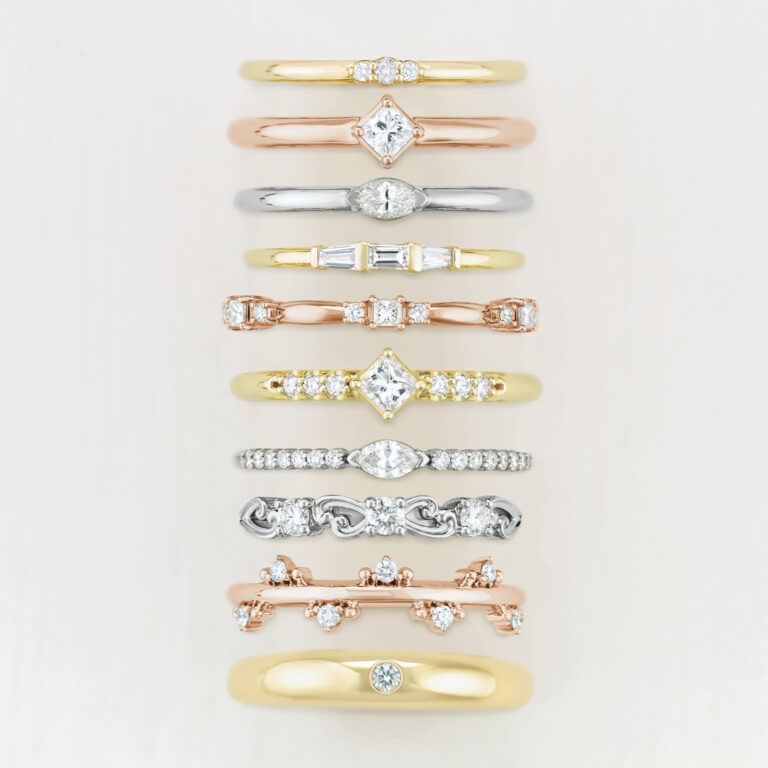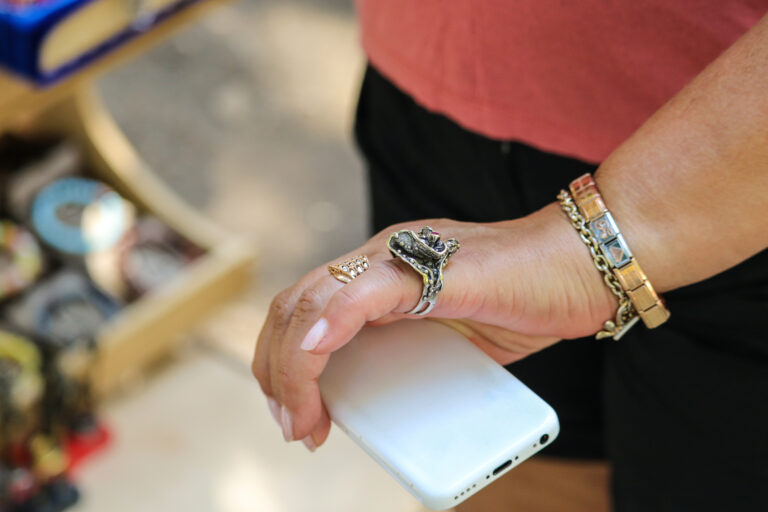How to Clean Antique Jewelry
Antique jewelry carries with it a rich history, a touch of elegance, and often, a sentimental value that makes it truly special. However, over time, these exquisite pieces can accumulate dirt, grime, and tarnish, diminishing their luster and beauty. Cleaning antique jewelry requires care, patience, and a gentle touch to restore its brilliance without causing any damage. In this article, we will explore the proper techniques and precautions to ensure the safe cleaning of your treasured antique jewelry.
Before you begin cleaning antique jewelry, gather the necessary supplies:
- Mild dish soap or specialized jewelry cleaner
- Warm water
- Soft-bristle toothbrush or a jewelry cleaning brush
- Soft, lint-free cloths or microfiber towels
- A bowl or container for cleaning
The first step in cleaning antique jewelry is to identify the materials it’s made of. Antique jewelry can be crafted from a variety of metals, including gold, silver, platinum, and base metals. Additionally, it may feature gemstones, pearls, or enamel work. Knowing the materials will help you choose the appropriate cleaning method and avoid potential damage.

Examine the jewelry carefully for any loose stones, weakened settings, or fragile components. If you notice any damage, it’s essential to have the piece professionally repaired before attempting to clean it. Cleaning damaged jewelry can worsen existing issues.
For most antique jewelry, a simple cleaning solution of warm water and mild dish soap is effective and safe. Avoid harsh chemicals, abrasives, and ultrasonic cleaners, as they can damage delicate antique pieces. Mix a small amount of dish soap with warm water in your bowl or container. The water should be lukewarm, not hot. Place the jewelry in the soapy water solution and allow it to soak for a few minutes. This will help loosen dirt and grime. After soaking, use a soft-bristle toothbrush or a specialized jewelry cleaning brush to gently scrub the jewelry, paying particular attention to intricate details and crevices. Avoid using excessive pressure, especially on delicate components.
Once you’ve finished cleaning, rinse the jewelry under lukewarm running water. Ensure that all soap residue is removed. A small strainer or fine mesh sieve can be used to prevent small pieces from accidentally going down the drain. Gently pat the jewelry dry with a soft, lint-free cloth or a microfiber towel. Avoid rubbing or using excessive force, as this can cause scratches.
For metals like gold and silver, you can further restore their shine by using a jewelry polishing cloth or a metal polishing cream. Be cautious when polishing antique pieces with patina, as you may want to preserve this aged appearance. Always handle antique jewelry with clean, dry hands to prevent oils and dirt from transferring to the piece. Store your cleaned antique jewelry in a cool, dry place, away from direct sunlight and moisture, to prevent tarnish and deterioration.
Cleaning antique jewelry is a delicate process that requires attention to detail and gentle care. By following these steps and taking precautions, you can restore the beauty and elegance of your treasured antique pieces while preserving their historical and sentimental value. Remember that when in doubt or dealing with extremely valuable or fragile jewelry, it’s wise to seek professional guidance and cleaning services to ensure the longevity and integrity of your beloved antique jewelry.


